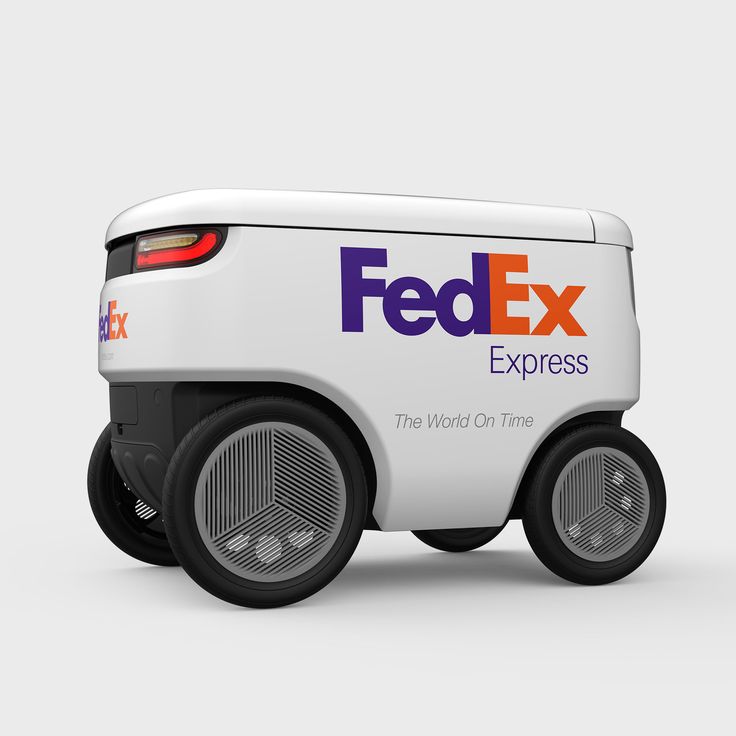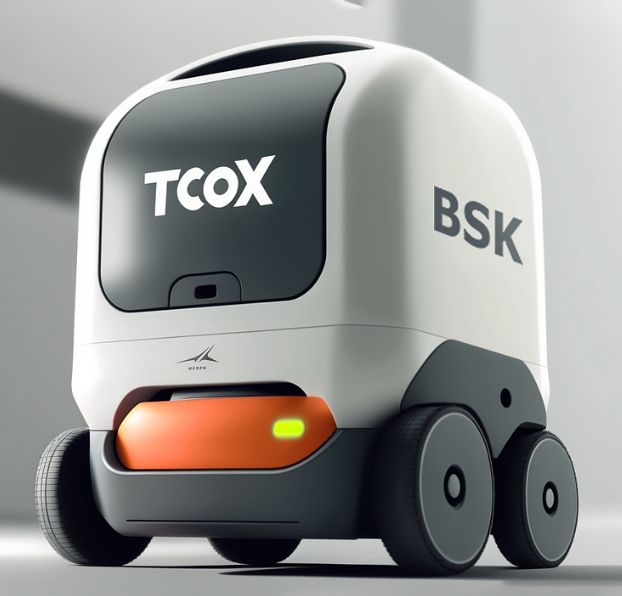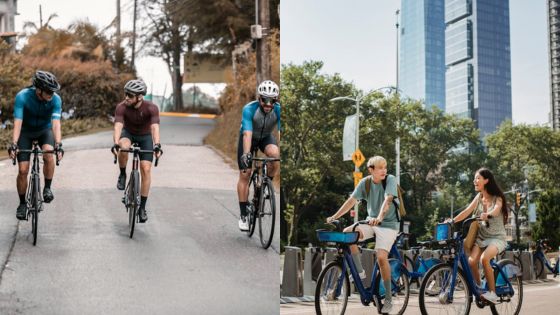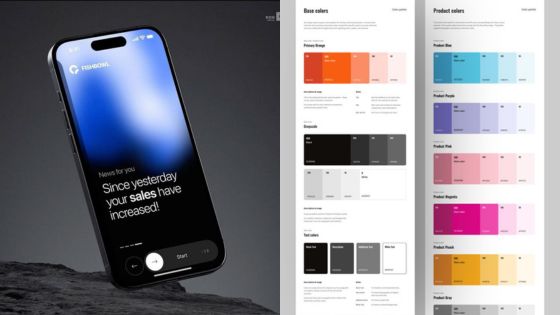
Efficient delivery is more than just a business advantage, especially in today’s too-fast-paced world – it’s a customer’s expectation. Whether you’re in e-commerce, food delivery, or logistics, most companies thrive when they optimize every step of the delivery process.
Exploring and banking on smart designs can be the best influencers in achieving your business goals, from improving storage spaces to adopting tech-driven innovations for highly efficient delivery services.
Here are some insights you can consider tweaking to fit your turf and implement thoughtful designs to upbeat your business.
Space Optimization: A Foundation for Speed
In the arena of delivery operations, every inch counts, especially in your parcel placements. That’s why smartly designed storage spaces can competently maximize capacity without compromising accessibility and efficiency.
Compact yet Accessible Warehousing
Installation of highly efficient and well-customized shelving systems and modular racks helps your staff move around and have easy access to your wares while optimizing vertical and horizontal spaces. This can remarkably reduce the time you spend locating items or parcels for delivery.
Vehicle Space Management
You may need to customize your delivery vehicles with adaptable compartments to help organize packages by destination, minimizing sorting time during delivery. This is particularly important if you’re into specialized delivery services that rely heavily on carriers with optimized layouts.
This may also call for an architect’s help to make sure your warehouse can provide the solutions for the job. You can always have your vehicles and spaces perfect and make your assigned items delivered accurately and quickly, sans the chaos of sorting them on the go.
Streamlined Workflows: Boosting Efficient Layouts
In today’s forwarding industry, poor design can cause a lot of headaches, leading to bottlenecks and costly delays. However, strategically designing your warehouse’s layouts can greatly streamline your operations at every stage of the way.
- Flow-Focused Warehousing
Keeping and setting things well-organized, like assigning them by delivery zones, will help you and your staff have a seamless pick-and-pack efficient system.
- Hub and Spoke Model Efficiency
Often, strategically placed storage slots and hubs reduce delivery distances, helping drivers manage more routes with less time and hassle.
By addressing how each step connects to the next, businesses can eliminate redundancies and cut down on delivery times.
Tech-Driven Solutions: Smarter Navigation
Most often, design isn’t limited to physical spaces – it extends to technology that guides and can help you maximize your service operations. You can harness innovative tech tools that are essential for overcoming logistical challenges like route inefficiencies and traffic issues.
- Route Optimization Software
More up-to-date tools like AI-driven mapping systems can help your drivery staff find the fastest and most fuel-efficient roadways, saving time and reducing most of your operational costs.
- Delivery Coordination Platforms
Smart apps allow seamless communication between hubs, drivers, and customers, creating a smooth delivery experience.
You may explore or read more about last-mile logistics and delivery techniques so you can capitalize on innovations that are reshaping the forwarding and courier business industry, especially with growing demand for services like same day delivery London.
Designing for Sustainability: The Eco-Efficient Edge
Sustainability is no longer optional – it’s a requirement. Today’s smart designs already integrate eco-friendly principles, ensuring your business can meet both efficiency and environmental goals.
- Energy-Efficient Delivery Vehicles
With your vehicle reduced to lightweight materials and aerodynamic designs, you can effectively lower your fuel consumption.
- Optimized Routes for Carbon Reduction
Adapting some route planning software to your activities can help cut down unnecessary mileage, significantly reducing emissions from your delivery fleets.
- Reusable Packaging Systems
Employing thoughtful packaging designs minimizes waste while retaining package safety and customer satisfaction.
By prioritizing green initiatives, companies not only cut costs but also attract eco-conscious customers.
Collaborative Design for Future Growth


When you’re in the delivery industry, you’re sure to thrive and much inclined to succeed when your business collaborates with design experts to innovate and keep up with the trends. That’s why involving designers early in the process ensures every aspect – from warehouses to vehicles – can be tailored to your every operational needs.
- Data-Driven Decisions
Deftly using analytics to craft informed design choices can help your business anticipate challenges and address them proactively and promptly.
- Scalable Systems
Today’s modular designs can help you competently adjust your workflows as your business grows, avoiding the need for complete overhauls and costly location transfers.
A strong partnership between logistics teams and designers ensures that efficiency is built into the system from the ground up.
Conclusion: Design is the Key to Delivery Success
Taking up more savvy measures, like optimizing spaces to embracing cutting-edge technology, implementing thoughtful designs can make sure every step of the process is streamlined, sustainable, and more customer-centric.
By adopting these highly functional layouts, efficient workflows, and eco-friendly solutions, you’re assured that your business is well-equipped to exceed customer expectations or demands.
As more tech-savvy solutions are poured in and the delivery landscape evolves, smart design remains a cornerstone of success – paving the way for faster, greener, and smarter solutions.
- 146shares
- Facebook0
- Pinterest146
- Twitter0



